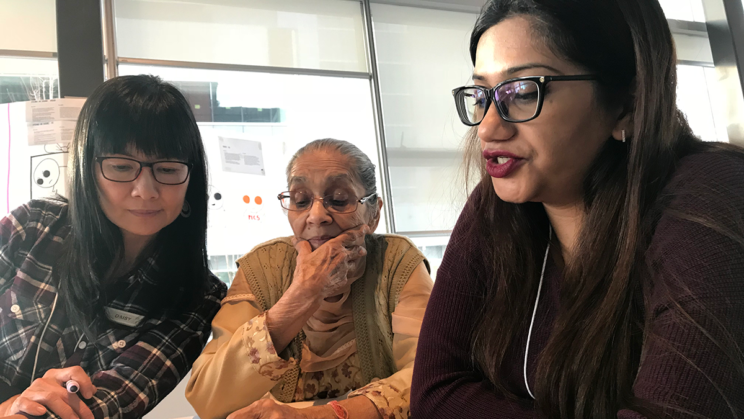My research has employed data collection methods that include in-depth interviews (e.g., semi-structured; narrative life-course), participant observation, focus groups, mixed methods, and knowledge synthesis. I have been using NVivo® and other qualitative data management software to facilitate data analysis for more than 20 years.

In-depth interviews
In depth, face-to-face interviews are commonly used by qualitative researchers to extract rich data that provide important insights into the underlying rationale for the person’s beliefs and actions.

Participant observation
Participant observation is a research strategy employed by social science researchers to gain insights into the day to day activities of actors within a specific setting.

Focus groups
I have used this data collection method in many instances when the goal is to understand collective rather than individual experiences, when an example provided by one participant may stimulate additional examples by others, and when a more collective experience can encourage rather than dissuade participation. Focus groups sometimes compliment or extend one-to-one interviews.

Mixed methods
Mixed methods research typically refers to the combination of qualitative and quantitative or visual data collection methods rather than the use of different data collection methods within any of these overarching types.

Knowledge synthesis
Researchers typically review the relevant literature in relation to the topics of interest for publications or grant applications, but comprehensive approaches to reviewing entail a much larger investment of time to ensure systematic inclusion/exclusion of sources and transparency.